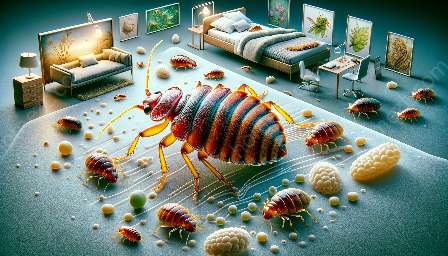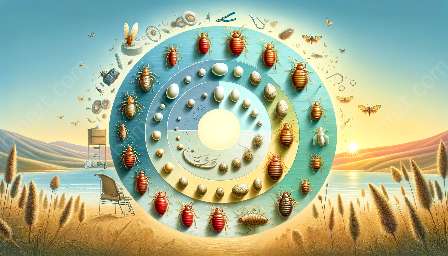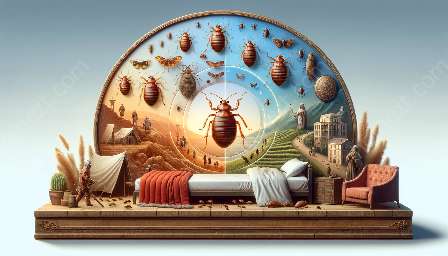Integrated Pest Management (IPM) is a comprehensive approach to controlling pests, including bed bugs, and minimizing risks to people and the environment. By using a combination of techniques, IPM aims to manage pests in the most effective and environmentally sensitive manner.
Understanding Bed Bugs
Before delving into integrated pest management for bed bugs, it's essential to understand the pests themselves. Bed bugs are small, reddish-brown insects that feed on the blood of humans and animals. They are nocturnal and typically hide in mattress seams, bed frames, and other small crevices, making them difficult to detect and eliminate.
Overview of Integrated Pest Management
Integrated pest management for bed bugs involves a multi-faceted approach that combines several strategies to control and prevent infestations. These methods focus on eliminating bed bugs while minimizing the use of chemical pesticides.
Identification and Monitoring
Effective IPM begins with identifying the presence of bed bugs through visual inspections, bed bug sniffing dogs, or sticky traps. Monitoring the infestation's progress helps track the success of control measures.
Non-Chemical Control Methods
Non-chemical control methods are central to IPM for bed bugs. These include heat treatments, vacuuming, steam cleaning, and the use of encasements to trap and restrict bed bugs' movements.
Chemical Control
When necessary, targeted and strategic use of pesticides may be employed as part of IPM for bed bugs. However, these chemicals are selected and applied using strict guidelines to minimize environmental impact.
Prevention and Education
Preventing future infestations is a crucial aspect of bed bug IPM. Educating residents and building managers on best practices for maintenance and early detection can reduce the risk of re-infestation.
Benefits of Integrated Pest Management for Bed Bugs
Adopting IPM for bed bugs offers several advantages. Instead of relying solely on chemical treatments, IPM incorporates a range of approaches that are less harmful to humans and pets. Additionally, the comprehensive nature of IPM makes it more effective at eliminating bed bugs while reducing the likelihood of resistance developing among the pests.
Conclusion
Integrated pest management is a holistic, long-term strategy for addressing bed bug infestations. By combining various tactics and minimizing reliance on chemical pesticides, IPM offers a sustainable and effective approach to controlling bed bugs and promoting a healthier environment.






















